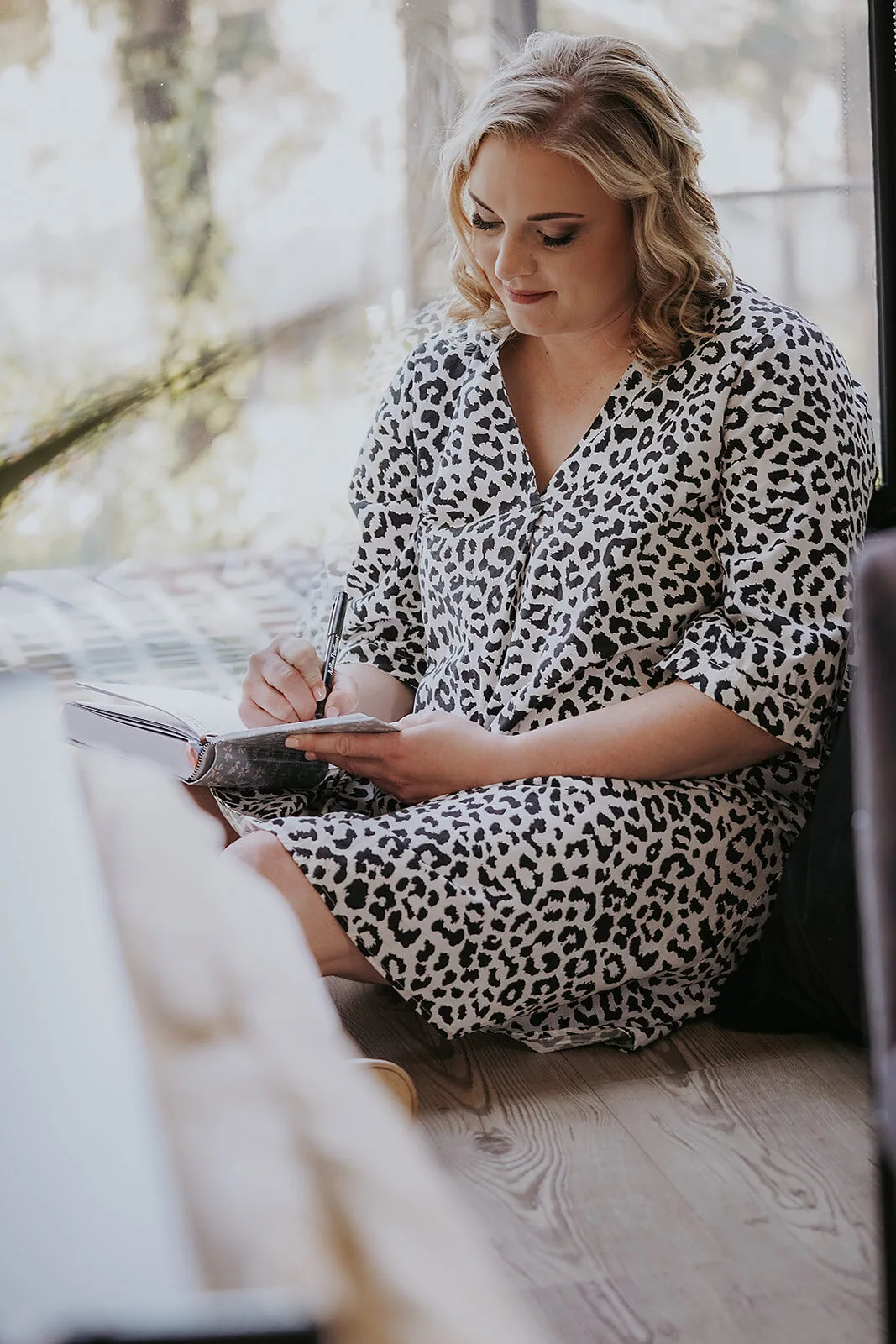Start by evaluating what you actually need in your entryway—keys, jackets, shoes, and post are essentials, but that random collection of expired vouchers isn’t. Install vertical hooks for coats and bags, add a shoe storage bench that doubles as seating, and use floating shelves to maximise floor space. Define zones with attractive trays and mats for designated drop areas, ensuring everything has a specific home. Strategic planning changes chaos into organised functionality that’ll surprise you.
Creating a Functional Entryway
When you walk through your front door juggling keys, mail, and a coffee cup whilst your coat hangs half-off your shoulder, you’re experiencing the chaos of a dysfunctional entryway. This small space sets the tone for your entire home, yet it’s often the most neglected area regarding organisation and design.
Start by performing a thorough needs assessment. Take inventory of what you actually use daily – keys, jackets, sunglasses, and mail are typical essentials. Don’t forget seasonal adjustments like winter gear or summer accessories.
Take inventory of what you actually use daily before designing your entryway storage solutions.
Create a focused list of these key items whilst ruthlessly eliminating clutter. Remember, fewer stored items mean easier maintenance and a cleaner appearance.
Your shoe management system deserves special attention since footwear creates the biggest mess. Swing-open benches offer dual functionality by providing seating whilst hiding shoes inside. For high-traffic homes, establish a rotation system with designated spots for shoes coming in and going out.
Tall shoe racks maximise vertical space in narrow entryways, whilst aesthetic trays contain dust and dirt without sacrificing style. These solutions work particularly well in South African homes where outdoor living means constant transitions between inside and outside footwear. A well-designed entryway creates a welcoming atmosphere that immediately puts both residents and guests at ease. Implementing a no-shoe policy is essential for maintaining a healthy home environment since shoes can carry harmful toxins like herbicides and pesticides that persist for up to a week after outdoor application.
Storage solutions should work double-duty in small spaces. Floating shelves save precious floor space for hanging bags or displaying minimal décor. Install vertical hooks to organise coats, hats, and dog leads efficiently.
Aesthetic baskets that coordinate with your entryway’s style can store accessories whilst maintaining visual appeal. Shoe cubbies create dedicated compartments that prevent the dreaded pile-up.
Traffic flow analysis is vital – your pathway must remain clear for safe entrances and exits. Slim console tables fit narrow hallways perfectly for mail and key storage without blocking movement.
Multi-functional furniture like seats with built-in racks or drawers maximise storage without overwhelming the space. This approach works especially well in smaller South African homes or townhouse complexes.
Create visual appeal through strategic lighting and sensory design. Wall-mounted lamps or sconces provide task lighting for visibility, especially important during evening arrivals. Wall mirrors reflect light and create the illusion of more space – essential in cramped entryways.
Add texture contrast by mixing materials like wood, metal, and fabric for visual interest. Consider incorporating local materials such as woven grass baskets or ceramic pieces for an authentically South African touch.
Successful layout formulas combine function with aesthetics. Try a console table paired with a lamp and wall art to create a welcoming vignette. Place table lamps strategically on console surfaces to provide both functional task lighting and ambient warmth for evening arrivals.
An entry cabinet with a small vase stores necessities whilst adding decorative appeal. For extremely narrow spaces, a tulip table with a tall vase anchors the area without bulk.
Don’t overlook the power of defining zones without occupying space. Mats and trays create designated drop areas, whilst natural fibre rugs provide durable landing spots for shoes and bags. Low-maintenance plants add freshness and serve as focal points.
Choose hardy local plants like succulents or small aloes that thrive in South African conditions. These require minimal water and maintenance whilst adding natural beauty to your entrance. Consider incorporating scented candles to eliminate any musty odours and create an inviting aromatic experience for guests.
Colour continuity matters – coordinate your entryway hues with your home’s overall décor scheme. This creates seamless flow from outside to inside, making your entryway feel intentional rather than like an afterthought.
With thoughtful planning, your entryway changes from chaotic dumping ground to functional, beautiful space.
Frequently Asked Questions
What’s the Ideal Size for a Hallway in a Small Flat?
You’ll want 100-120 cm width for comfortable daily manoeuvring in small flats. This gives you enough space to move freely whilst accommodating storage solutions without creating bottlenecks in your floor plan.
How Do I Prevent Mud and Dirt From Spreading Throughout the House?
Use a three-mat system at entrances, enforce a no-shoes policy with indoor slippers, place cleaning tools near doors, and create designated dirty zones to contain debris before it spreads.
What Lighting Works Best for Dark or Windowless Entryways?
You’ll want bright overhead LEDs combined with wall sconces at eye level. Add mirrors opposite any light sources, paint walls white, and consider portable lamps for flexibility in windowless spaces.
How Can I Add Storage Without Making the Space Feel Cramped?
You’ll maximise storage without crowding through selecting multi-functional pieces like narrow console tables with drawers, wall-mounted shelves, and over-door organisers. These solutions employ vertical space whilst keeping walkways clear and open.
What Flooring Materials Are Most Durable for High-Traffic Entryways?
You’ll want porcelain tile for maximum durability—it’s harder than ceramic, resists chipping, and handles heavy foot traffic excellently. Natural stone like slate offers timeless appeal, whilst textured options provide better traction.





